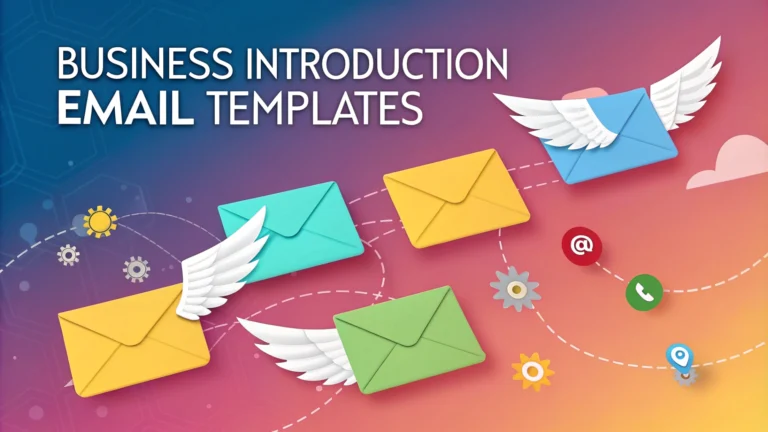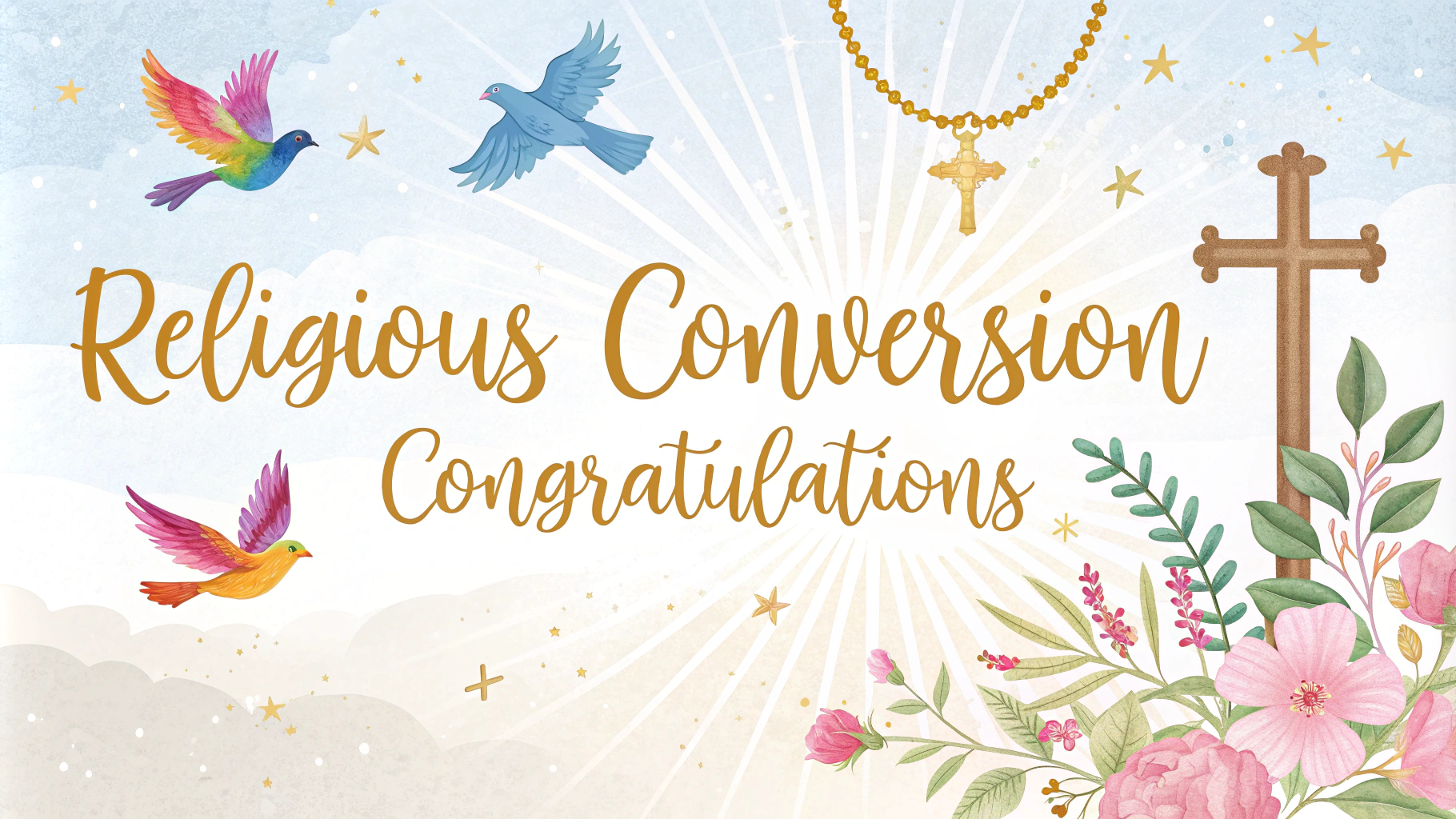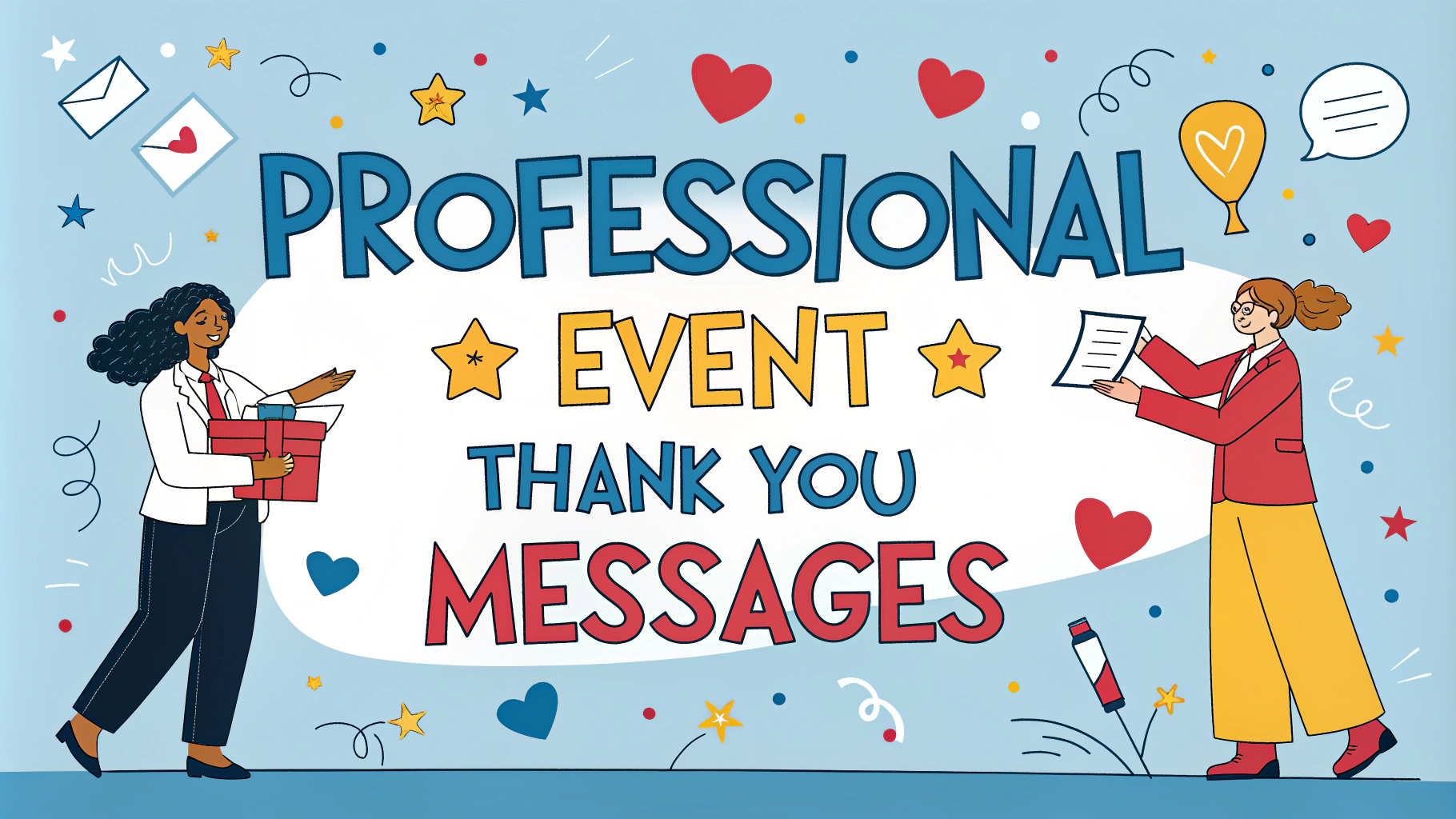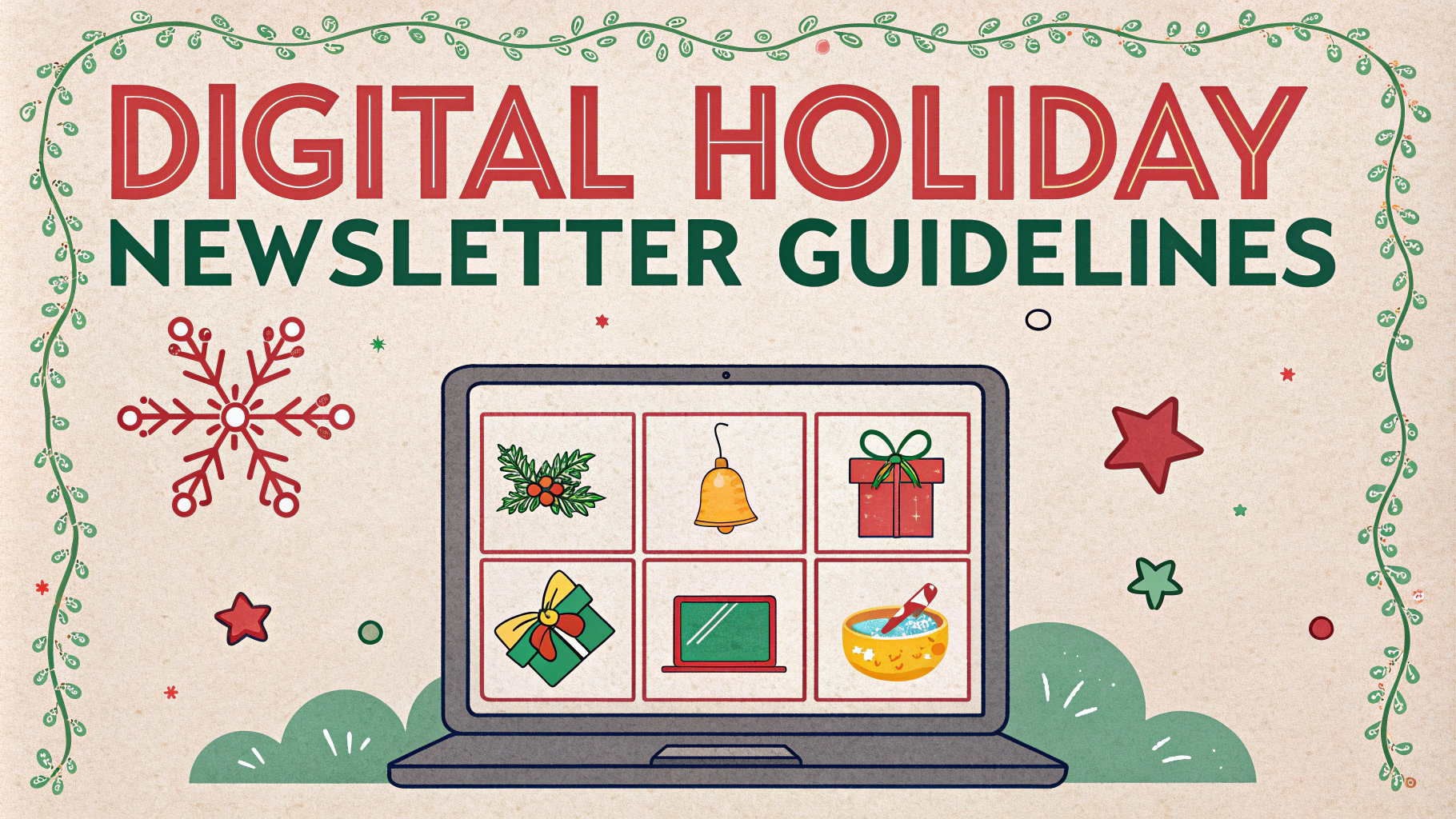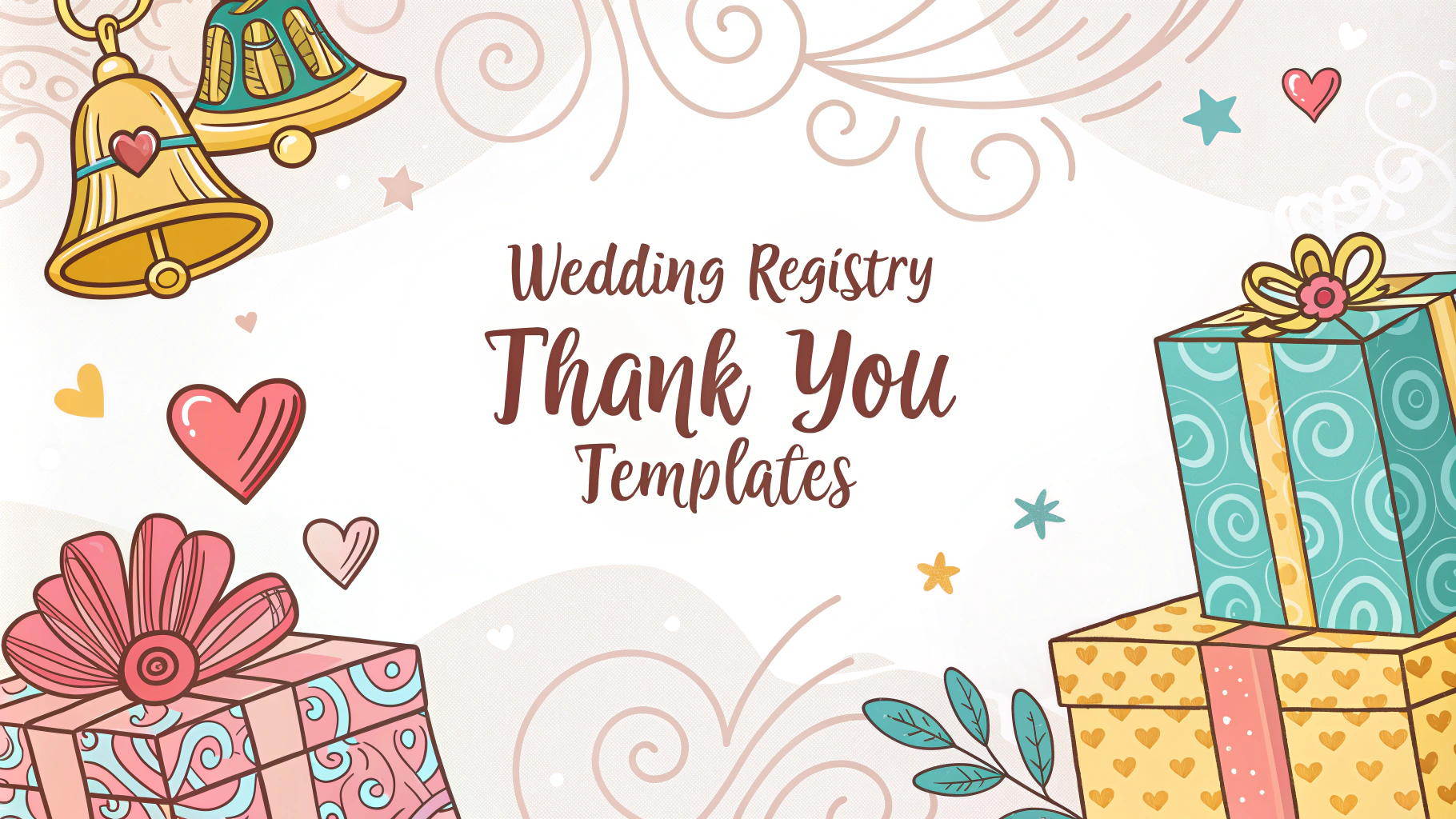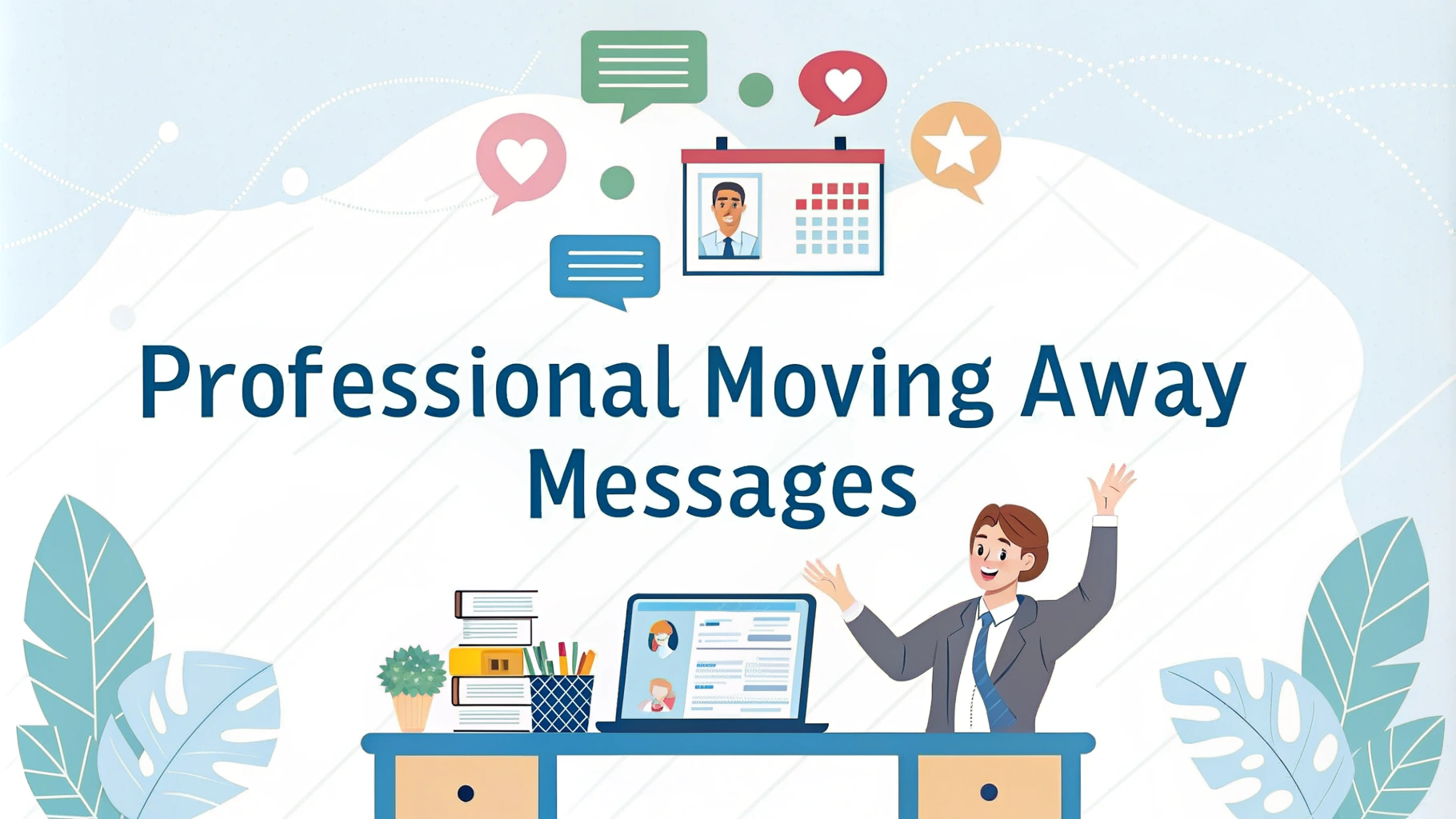A well-crafted business introduction email can open doors to valuable partnerships and opportunities.
Essential Elements of Business Introduction Emails
Your subject line should be clear, specific, and compelling enough to encourage opens.
- Keep it under 50 characters
- Include the purpose of your email
- Avoid spam trigger words
Basic Template Structure
- Professional greeting
- Brief personal introduction
- Connection point or referral mention
- Value proposition
- Clear call-to-action
- Professional signature
Sample Template #1: Direct Business Introduction
Subject: Quick question about [specific topic/opportunity]
Dear [Name],
My name is [Your Name] from [Company Name], and [mutual connection] suggested I reach out.
We help [target audience] achieve [specific benefit] through [your solution].
Would you be open to a 15-minute call next week to discuss how we might work together?
Best regards,
[Your Name]
[Title]
[Contact Information]
Professional Greetings to Use
- Dear Mr./Ms. [Last Name]
- Good morning/afternoon [Name]
- Hello [Name]
Tips for Success
- Research: Learn about the recipient’s company before writing
- Personalize: Reference specific details about their work or achievements
- Proofread: Check for grammar and spelling errors
- Follow up: Wait 3-5 business days before sending a follow-up email
Common Mistakes to Avoid
- Writing lengthy paragraphs
- Using informal language
- Forgetting to include contact information
- Making spelling errors in names or company details
Save these templates and customize them based on your specific business needs and recipient.
Timing Your Send
| Best Days | Best Times |
|---|---|
| Tuesday, Wednesday, Thursday | 10 AM – 2 PM recipient’s local time |
Track your email performance using tools like Gmail’s read receipts or email tracking software to optimize your approach.
Follow-Up Strategies
Effective follow-up is crucial for maximizing the impact of your business introduction emails.
Follow-Up Timeline
- First follow-up: 3-5 business days after initial email
- Second follow-up: 7-10 business days after first follow-up
- Final follow-up: 2 weeks after second follow-up
Sample Template #2: Follow-Up Email
Subject: Following up on [previous topic]
Hi [Name],
I wanted to follow up on my previous email about [topic]. I understand you’re likely busy, but I believe [value proposition] could be valuable for [their company].
Would any of these times work for a brief discussion?
[Provide 2-3 specific time slots]
Best regards,
[Your Name]
Measuring Success
Key Metrics to Track
- Open rates
- Response rates
- Meeting conversion rates
- Time to response
Conclusion
Success in business introduction emails comes from combining proper formatting, personalization, and consistent follow-up. Remember to continually test and refine your approach based on response rates and feedback. Most importantly, focus on providing value to your recipient while maintaining professionalism throughout your communication.
Final Checklist
- ✓ Compelling subject line
- ✓ Personalized greeting
- ✓ Clear value proposition
- ✓ Specific call-to-action
- ✓ Professional signature
- ✓ Follow-up strategy
FAQs
1. What are the essential components of a business introduction email?
A clear subject line, professional greeting, brief self-introduction, purpose statement, value proposition, call to action, and professional signature block.
2. How long should a business introduction email be?
A business introduction email should be concise and typically no longer than 150-200 words, or 3-4 short paragraphs.
3. What is the best time to send a business introduction email?
Tuesday through Thursday between 10 AM and 2 PM, avoiding Monday mornings and Friday afternoons when recipients are typically busiest.
4. Should emojis be used in business introduction emails?
Generally, avoid emojis in initial business introduction emails as they may appear unprofessional in formal business communications.
5. What are appropriate greeting formats for business introduction emails?
“Dear Mr./Ms. [Last Name],” for formal communications, or “Hi [First Name],” for slightly less formal but still professional contexts.
6. How soon should you follow up after sending a business introduction email?
Wait 3-5 business days before sending a follow-up email if you haven’t received a response.
7. What should be included in the email subject line?
A clear, specific, and concise description of the email’s purpose, typically 6-10 words long, avoiding spam trigger words.
8. Is it appropriate to mention mutual connections in a business introduction email?
Yes, mentioning mutual connections or referrals can increase response rates, but always get permission from the mutual contact first.
9. What common mistakes should be avoided in business introduction emails?
Spelling errors, lengthy messages, generic greetings, pushy sales language, and failing to proofread before sending.
10. Should attachments be included in initial business introduction emails?
Generally avoid attachments in initial emails unless specifically requested, as they may trigger spam filters or appear too forward.
